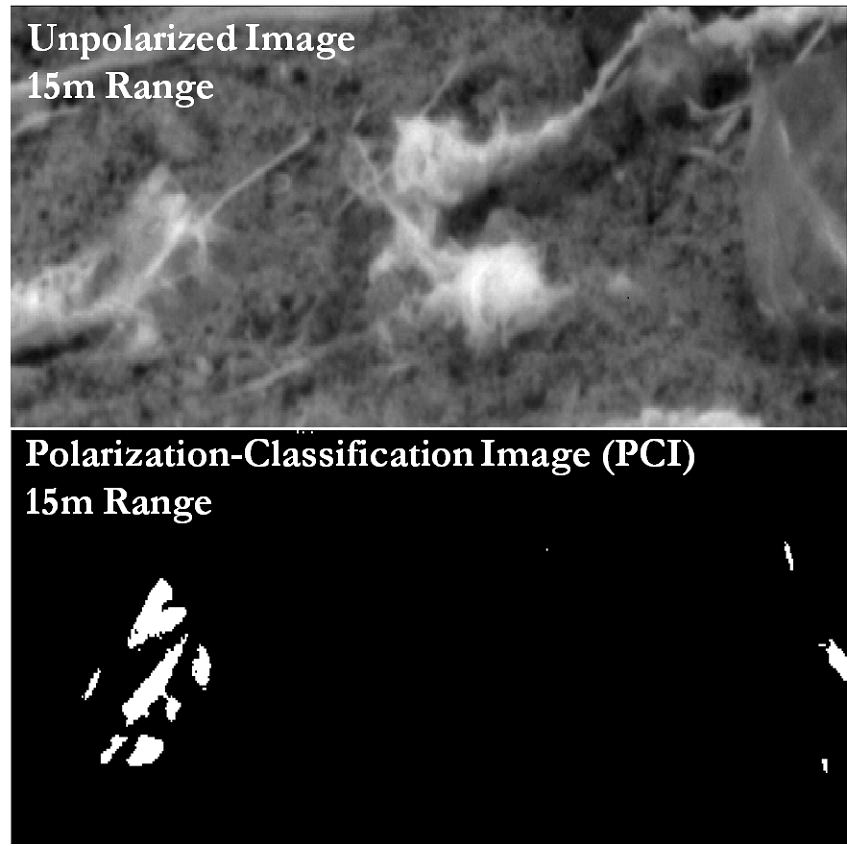Imaging that records and utilizes the polarization of light, or simply polarization imaging, has long been recognized as an imaging modality with potential in diverse fields including material characterization, machine vision, and remote sensing. Polarization imaging can distinguish or classify many metallic, crystalline, fibrous, and particulate materials, as well as materials with different optical penetration depths. Despite widespread laboratory demonstrations, the potential of polarization imaging has however yet to pay-off through commercial applications. New Mexico small business Advanced Optical Technologies, Inc. (AOT) has developed and patented the key components that enable the first modern commercial applications of polarization imaging.
AOT was recently awarded patents for its polarization-imaging platform technology in the United States, Japan, and the EU. The patent, entitled Polarimeter with Multiple Independent Tunable Channels and Method for Material and Object Classification and Recognition, discloses innovative hardware and machine-learning algorithm designs that enable unique imaging capabilities in diverse fields such as crystallographic orientation imaging and environmental material mapping, two areas where AOT has recently demonstrated ground-breaking results with its dedicated sensors. The platform technology spans from microscopic scales (down to the wavelength of light) to mapping at kilometer ranges and even beyond, for instance to unresolved space-object classification.
AOT CEO Malini Hoover said "This platform patent positions AOT to be first to successfully commercialize polarization imaging, especially by opening access to international markets with more diverse priorities in manufacturing and environmental imaging.
AOT's competitive advantage stems from advanced data algorithms and unparalleled optical metrology with error rates lower than 1%." The US patent (#10,540,571) issued in January 2020, the Japanese patent (#2017-537482) in July 2020, and the European patent (#16,920,449.2) issued in September 2021.

